Now that you are an online store owner, get out those cool shades, take guitar lessons and have meetings during working mornings, disrupt stereotypes and speak a different language! Wait; what?
Yes; ecommerce marketing language has terminology that is commonly used in everyday discussions and if you are a new business owner, then it might feel a little bewildering.
Getting accustomed to some terms will give you a comfortable start; so why not dive into it right away.
Here are some common ecommerce marketing terms and brief explanations every online store owner needs to know-
1. Digital Marketing Strategy
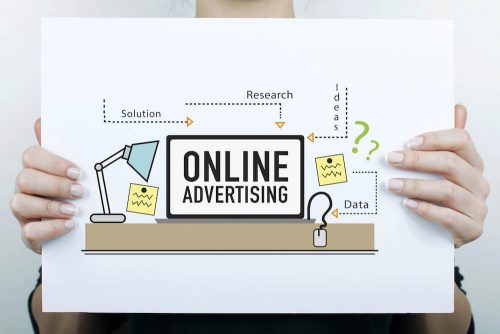
This is your big picture plan for marketing that applies any form of digital technology. In other words, it is your strategy for actions you will take for marketing your business online.
Digital marketing strategy is primarily data-driven and can include paid online advertisements like on Facebook, free postings on your social media channels, emails you might want to send, and other digital marketing efforts you would like to incorporate to grow your business.
2. Email Marketing
This is the act of sending a marketing message to your list of subscribers; people who have signed up or agreed to receive promotional emails, email updates or email newsletters from you.
Email marketing continues to be an effective way to communicate with your customers if business owners understand how to use it well.
3. Social Media Marketing
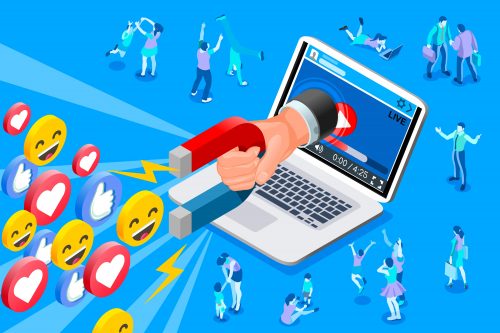
This includes all the outreach and actions you take on various social media channels to build awareness about your brand. Social media channels and trends are constantly transforming so it is important to stay relevant with these trends.
4. Content Marketing
This focuses on creating ‘content’ which is online material (such as videos, blogs, gifs,& articles) and social media posts that can be distributed across various channels.
The differentiator is that this includes the creation and sharing of online content that does not explicitly promote a brand but is intended to stimulate interest in it; illustrating the value of its products or services, or establishing expertise in the market.
5. Landing Page Optimisation
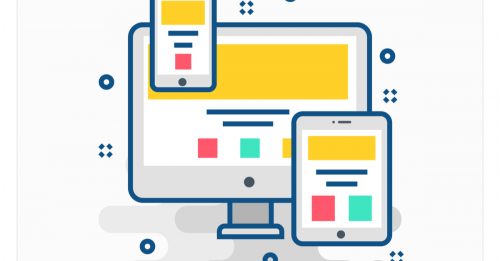
This is the strategy you use to improve elements like design, framework, images, or other qualities on your landing page so that more visitors are encouraged to buy.
Effective landing pages are built on real data collected by testing the elements and knowing your audience better.
6. Call-To-Action
Also called a CTA is a concise instruction designed to get an immediate response from the audience. For instance ‘call now’, ‘sign up’, ‘buy now’, or more.
It is effectively used in digital marketing strategy as a button or hyperlink and the text on the button provokes the person reading it to take action.
CTAs are used on websites or email newsletters generally in the form of a button or hyperlink that links to a web page where the user can take further action.
7. Link Building and Link Earning
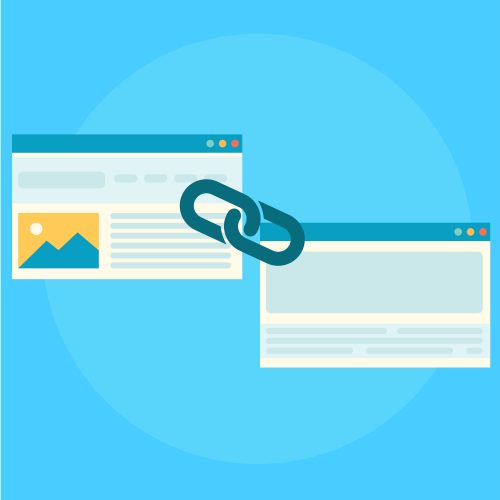
When other websites link their content back to your site, you have ‘earned’ that link-building. Links are a signal to Google that your site has good quality content so your website will rank higher than some others.
This is one of the tactics websites use in SEO optimisation. For instance you may tie content on your website to one of your own blogs to perform better with SEO results.
8. SEO
Stands for Search Engine Optimisation. This is a set of actions you can take to increase the visibility of your website to users who are searching on a browser.
Naturally if your website comes up in a search, you are likely to attract more traffic to your website. SEO only includes the unpaid improvements you make and excludes any paid advertisement or direct traffic that your website attracts.
9. Facebook ads and Facebook stories

Stories on Facebook rely on visual rather than written content. You can use the stories to create a full advertisement for your brand or create posts organically.
Connecting to Facebook for business gives maximum advantage to your website through collecting data from your Facebook ads, and building your target audience.
10. Marketing Automation
Refers to the use of software to automate some marketing actions that are repetitive. For instance you could create social media posts and line them up through automation for release at predetermined times. Technology makes these tasks easier.
11. Google Adwords
A pay-per-click (PPC) advertising platform which is an advertising service largely focused on keywords designed by Google for businesses.
If you want to display ads on Google and its advertising network, the Google AdWords program allows businesses to set a budget for advertising and only pay when people click the ads.
12. Affiliate Marketing
In the digital world, this is a marketing arrangement which pays commission to an external website for sales or even traffic that is generated by their referrals.
13. Retargeting / Remarketing
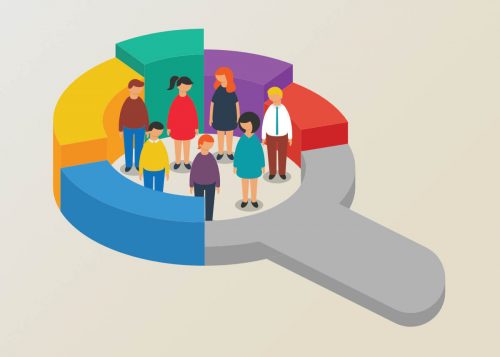
This means reaching out to a customer who previously visited your website, made an inquiry or abandoned a cart. Advertisements or email messages are created to prompt these customers to come back and either finish a sale or encourage them to make a purchase.
So now you should go ahead and confidently develop a digital marketing strategy, include email marketing, content marketing, optimize SEO and your landing pages, budget for paid advertising, build awareness and deepen relationships with consumers.
An entrepreneur’s journey is full of excitement!
Read these articles for more entrepreneurial inspiration


